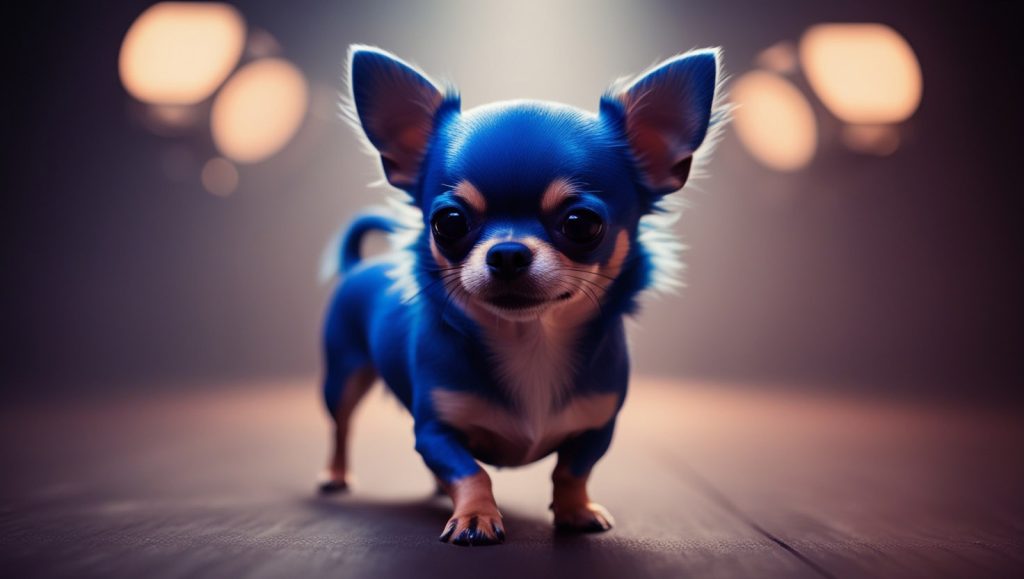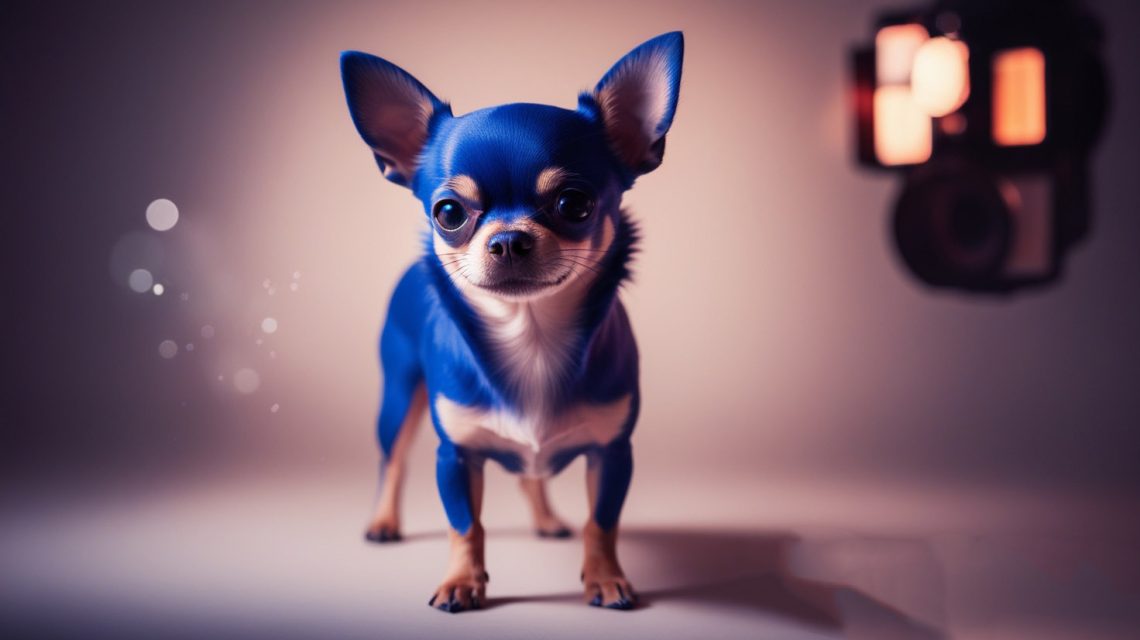Blue Chihuahua : A Rare and Stunning Companion
Blue Chihuahuas are a rare and striking variation of the beloved Chihuahua breed. Known for their captivating steel-gray or bluish coat, these dogs are highly sought after by pet enthusiasts. But what makes a blue Chihuahua unique? This guide explores their distinct traits, care needs, and why they’re a cherished choice for dog lovers.
What Makes Blue Chihuahuas Unique?
The blue Chihuahua owes its striking appearance to a recessive gene that dilutes the black pigment in their coat. This gene is rare, making blue Chihuahuas an uncommon and prized variety.
Key Traits of Blue Chihuahuas:
- Distinctive Coat: Shades of blue-gray that can appear shiny or matte.
- Loyal Personality: Like all Chihuahuas, they form deep bonds with their owners.
- Compact Size: Typically weighing 2–6 pounds, with a height of 5–8 inches.
- Versatile Coat Types: Available in both smooth and long-haired varieties.
Their unique color and lively temperament make blue Chihuahuas a standout choice for pet owners.
Caring for a Blue Chihuahua
1. What Defines a Blue Chihuahua?
A blue Chihuahua’s coat ranges from pale gray to a deep, slate blue. This rare coloration is a result of genetics, and responsible breeders ensure that these dogs are healthy despite their unique traits.
Coat Types:
- Smooth-Coated Blue Chihuahua: Sleek and close to the body, requiring minimal grooming.
- Long-Haired Blue Chihuahua: Silky and flowing, needing regular brushing to prevent tangles.
The rarity of their coat color enhances their allure, but it also comes with specific care needs.
2. Feeding Your Blue Chihuahua
Proper nutrition is essential to support your blue Chihuahua’s health and vibrant coat.
Dietary Needs:
- High-Quality Dog Food: Opt for formulas designed for toy breeds.
- Balanced Nutrition: Include proteins, healthy fats, and Omega-3 fatty acids for coat health.
- Frequent Meals: Puppies require 3–4 small meals daily, while adults thrive on 2 meals a day.
Foods to Avoid:
- Chocolate, onions, grapes, and xylitol-containing products.
- Spicy or fatty human foods that may upset their digestion.
A well-balanced diet helps maintain their energy and coat luster.
3. Grooming Your Blue Chihuahua
The blue Chihuahua’s coat requires specific care to keep it healthy and shiny.
Smooth-Coated Blue Chihuahuas:
- Brush weekly to remove loose fur and maintain the coat’s shine.
- Bathe monthly or as needed with a gentle shampoo.
Long-Haired Blue Chihuahuas:
- Brush 2–3 times a week to prevent tangles and matting.
- Use a detangling spray for silky fur.
Skin Sensitivity:
Due to their unique pigmentation, blue Chihuahuas may have more sensitive skin.
- Moisturizing: Use dog-safe moisturizers to prevent dryness.
- Sunscreen: Apply dog-friendly sunscreen for protection during outdoor activities.
Regular grooming enhances their appearance and promotes their overall health.

4. Training Your Blue Chihuahua
Training a blue Chihuahua is essential to ensure they grow into well-mannered companions.
a. Start Early
Begin training as soon as possible to establish good habits.
b. Use Positive Reinforcement
Reward good behavior with treats, praise, or affection. Avoid harsh corrections, as these dogs are sensitive.
c. Socialization
Expose them to different environments, people, and pets to build confidence.
d. Address Barking
Blue Chihuahuas, like all Chihuahuas, can be vocal. Teach them when it’s appropriate to bark using commands like “quiet.”
With consistency and patience, training your blue Chihuahua can be a rewarding experience.
5. Exercise and Activity Needs
Despite their small size, blue Chihuahuas have moderate energy levels and enjoy regular activity.
- Daily Walks: A 15–20 minute walk helps keep them fit.
- Playtime: Interactive toys and games like fetch provide mental stimulation.
- Indoor Fun: Their size allows them to get exercise indoors.
Regular activity prevents boredom and supports their physical and mental health.
6. Health Considerations for Blue Chihuahuas
Blue Chihuahuas, like other rare-colored dogs, may face specific health challenges.
Common Health Issues:
- Skin Sensitivity: Their unique pigmentation may make their skin prone to irritation.
- Dental Problems: Regular brushing prevents tooth decay and gum disease.
- Patellar Luxation: A common knee condition in small breeds.
- Heart Conditions: Schedule regular vet check-ups to monitor their health.
Preventive Care:
- Stay up to date on vaccinations and parasite prevention.
- Monitor their weight to avoid obesity.
- Provide a balanced diet to support their immune system.
With proper care, blue Chihuahuas can live 12–20 years.
7. Are Blue Chihuahuas Right for You?
Blue Chihuahuas are a great fit for families or individuals who can meet their unique needs.
Perfect For:
- Dog enthusiasts seeking a rare and beautiful pet.
- Owners willing to dedicate time to grooming and skin care.
- Those living in apartments or homes with small spaces.
Things to Consider:
- Their rare color may come with a higher price tag.
- They thrive on attention and may not do well if left alone for long periods.
If you’re prepared for their care, a blue Chihuahua can be a delightful addition to your home.
FAQs About Blue Chihuahuas
1. Are blue Chihuahuas a separate breed?
No, they are a rare color variation within the Chihuahua breed.
2. How do I care for a blue Chihuahua’s coat?
Brush regularly and use gentle grooming products to maintain their coat’s shine.
3. Are blue Chihuahuas good with children?
Yes, but supervision is necessary due to their small size and delicate nature.
4. How much exercise does a blue Chihuahua need?
Short daily walks and indoor playtime are usually sufficient.
5. Do blue Chihuahuas bark a lot?
They can be vocal, but proper training helps manage excessive barking.
6. What is the lifespan of a blue Chihuahua?
With good care, they can live between 12 and 20 years.


